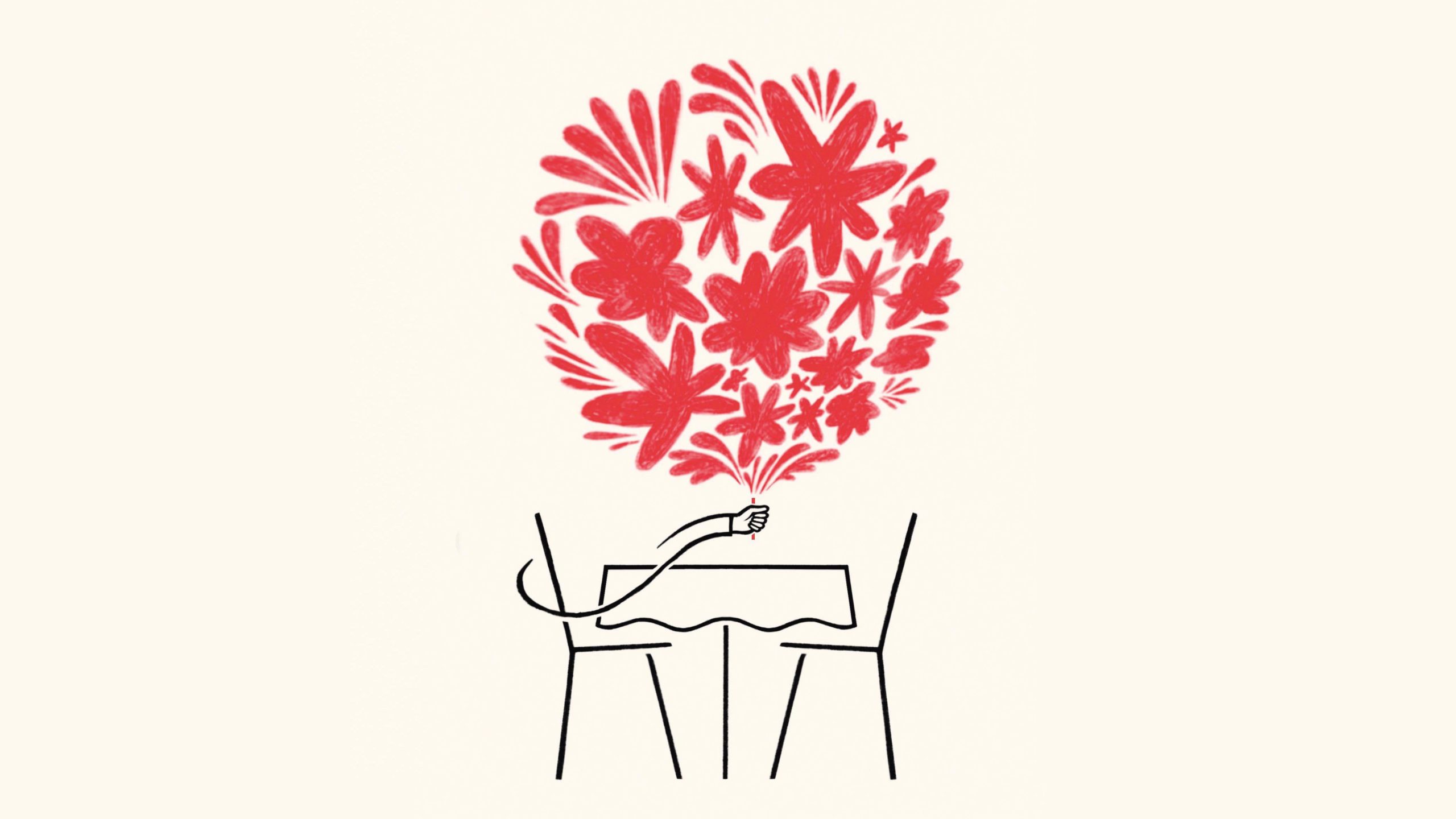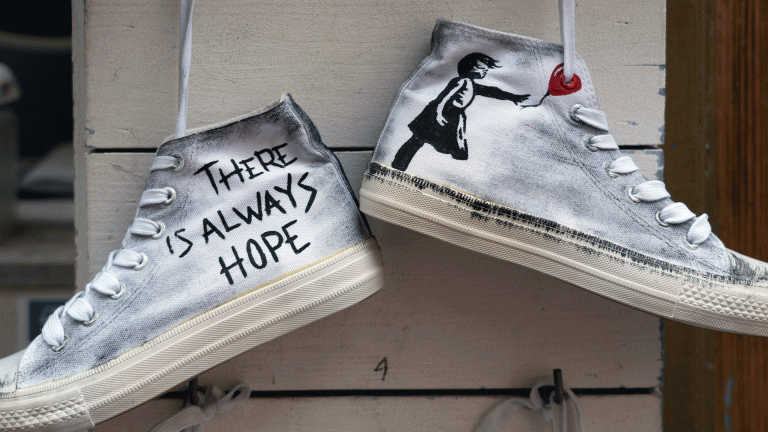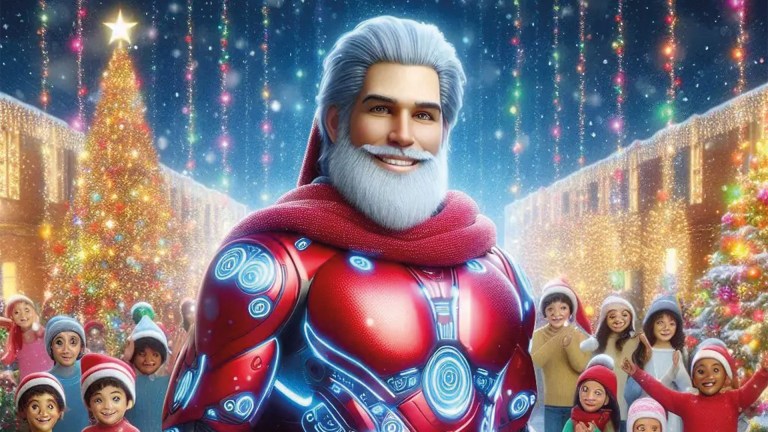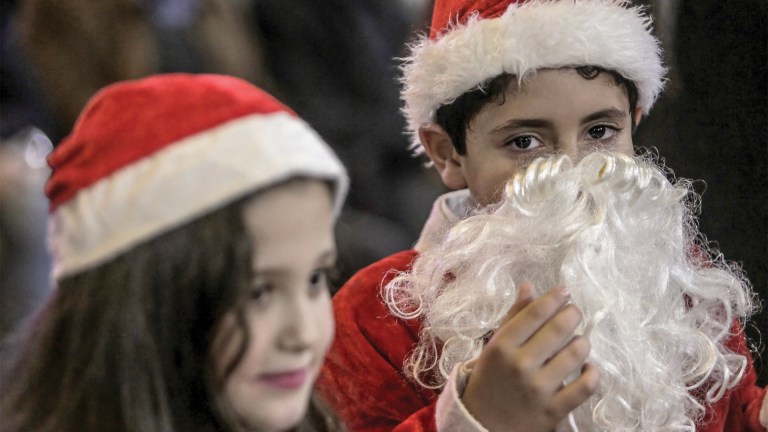Valentine’s Day is the moment, once a year, when much of the world focuses on romantic love. It’s a day of silly love songs, heart-shaped cushions, gifts and flowers. Traditionally, men, though not always men, are expected to make a grand gesture to display their love for their significant others. But why do we make such a big thing about a feeling that, when you strip it right back, is just about making babies? More to the point, how did we get from just making babies to bribing maître d’s for the best table?
What is love anyway?
For love to occur, the first thing we need is to be attracted to someone. Attraction happens when the feel-good chemical – dopamine – is released in the brain’s reward centres after we see a person we fancy. According to anthropologist Helen Fisher, when people see pictures of someone they love while being scanned, those parts light up like the candles on a Valentine’s Day dinner table. At the same time, we get an additional rush from the hormones that live in our sex organs – testosterone and oestrogen – as our hypothalamus decides it’s time to breed.
That rush is known as lust. Evolution-wise, that’s all you need. That’s the love that birds do, bees do and even educated fleas do. It’s the hot, passionate first few weeks of your relationships. It’s known in psychology as limerence. But humans are group animals that tend to stick together for long periods, especially in relationships. In terms of evolution, stickiness is essential, as our young are vulnerable for longer than most and need all the protection they can get. That’s where the third element of love comes in – attachment.
Attachment relies on oxytocin. Often called “the love drug”, oxytocin is basically the fuel in a belongingness engine. It’s released during bonding – specifically childbirth, breastfeeding and sex. It’s also been measured in pets when their owners return home. It’s what maintains a long-term relationship. Attraction, lust and attachment are the three scientific elements of love. But the romantic love that drives Valentine’s Day isn’t all about chemicals. For that, you need something else, something particularly human: love games.
Love games
History is filled with all sorts of love games, but the rules of the game that drives Valentine’s Day as we know it likely found their feet in the 18th century. In the 1700s, the idea that marriage should be between two people who love each other won its ongoing battle with marriage as a union between two families. It was also when luxury items became affordable to more than just an elite few. Tokens of love, be they locks of hair or gold jewellery, became part of the game. All these tokens of love, as historian Sally Holloway puts it, “played a vital role in preserving the identity of the giver and acted as an important site of memory for the recipient”. When you give your partner flowers or chocolates, it’s more than consumerism making you buy stuff. It’s a way to express your love, to reaffirm it. They are part of the foundations that help keep the temples of romantic love from crumbling.
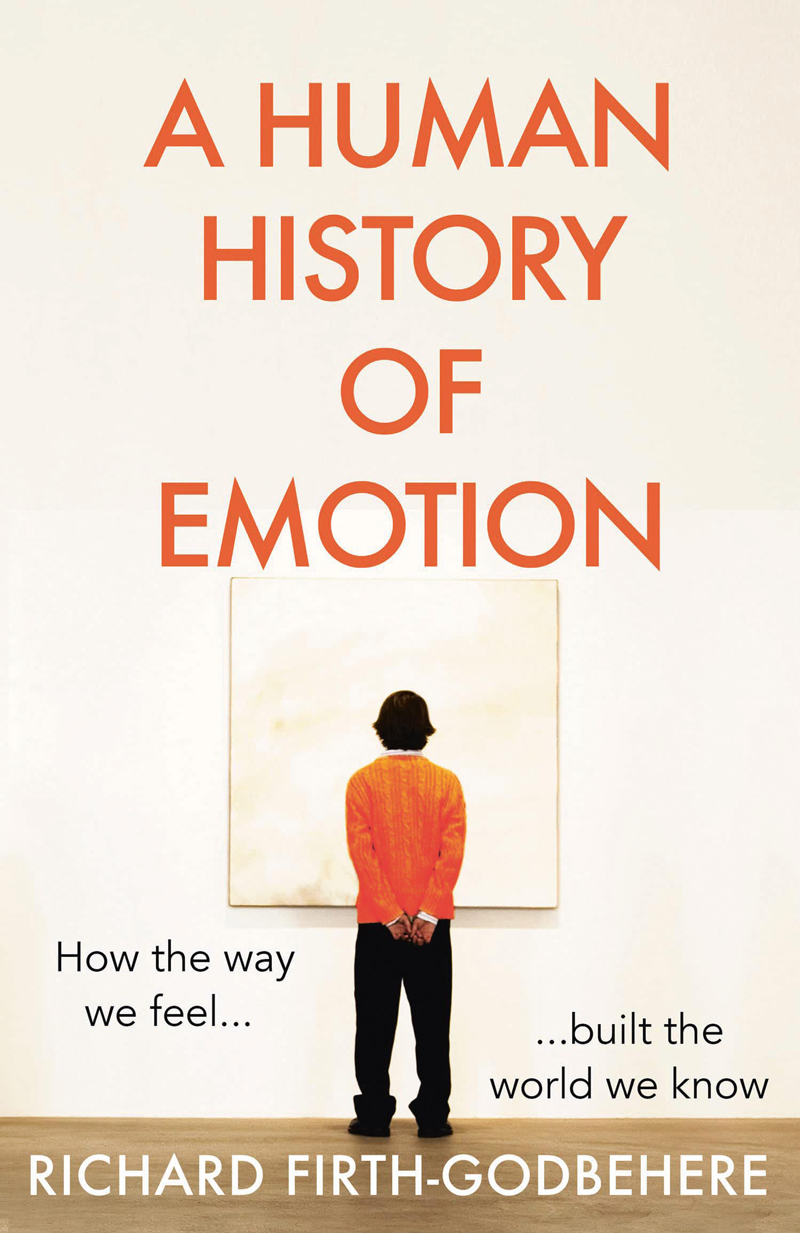
Of course, there is another important part of Valentine’s Day. The bit afterwards that people don’t tend to talk about. This part of the love game hasn’t completely lost touch with its lusty, evolved roots. You can thank the 18th century for that, too – if the sudden boom in the population back then is anything to go by. The 18th century saw a rise in a new type of masculinity. Being effeminate had become socially unacceptable, the days of extravagant clothes on camp princes was ending. One way for a man to prove his manliness was by having a lot of sex, with a woman. An important rule of this manly sex was that men were the givers and women the receivers, and that included gift giving. Locks of women’s hair and pictures in lockets from women gave way to flowers and grand gestures from manly men, and days on which to make these grand gestures. Like Valentine’s Day.
